Pause is releasing a thought or an action in order to create a space of awareness. Pause is the space between words, between events, between the notes of music; it gives us meaning.
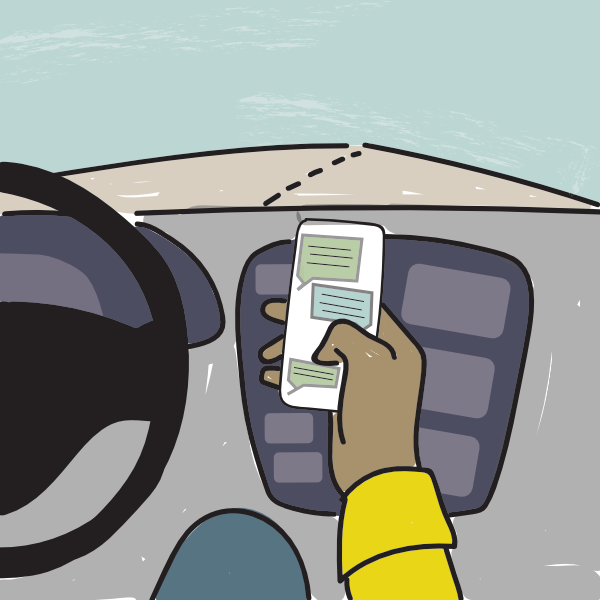
Pause protects us against the chaos found within the day to day hustle of life. It is an opportunity to simply be aware, to connect with our strength–our center, where we can be ourself and grow. It gifts us the time to reflect with calmness.
Pausing is not just shutting things off, it is relaxing against distractions and allowing them to pass. Within pausing, we can selectively focus and selectively pause.
If a situation, thought or feeling becomes overwhelming, we can pause and breathe. Within the pause, we see our options, release fear, let various forces come to rest and sort through information. We can then shift our focus back to accept and deal with it. Pausing in a moment of chaos illuminates our next steps. It can also prevent us from acting out of fear or anger and encourages us to act gracefully when ready.

Silence
Silence is a form of pause. Conscious silence also creates space. The space to deeply experience our thoughts and feelings. When we truly feel our feelings, we are less likely to engage in reactive emotions. Thus silence, can minimize the likelihood of a feeling becoming an emotion.
“Music is the silence between the notes.”
~Claude Debussy
Silence is something you can give others. Even if we do our very best to put ourself in someone else’s shoes, we cannot truly know what they are thinking or feeling. We can however, give them the space to openly share with us by practicing silence. Silence helps us to be fully present in the moment, open to learning, and open to understanding another’s thoughts and feelings. This space enables us to develop and strengthen relationships.
A Daily Silence Practice
Practice pausing in silence for 3-5 seconds after someone finishes their train of thought. This gives them the space to continue or go deeper within themselves, and to share more with you. In addition, try waiting for 3-5 seconds after completing a thought before moving on to your next thought. This space allows the other person the opportunity to provide you with input.
“Do not speak unless you can improve the silence.”
~A Proverb
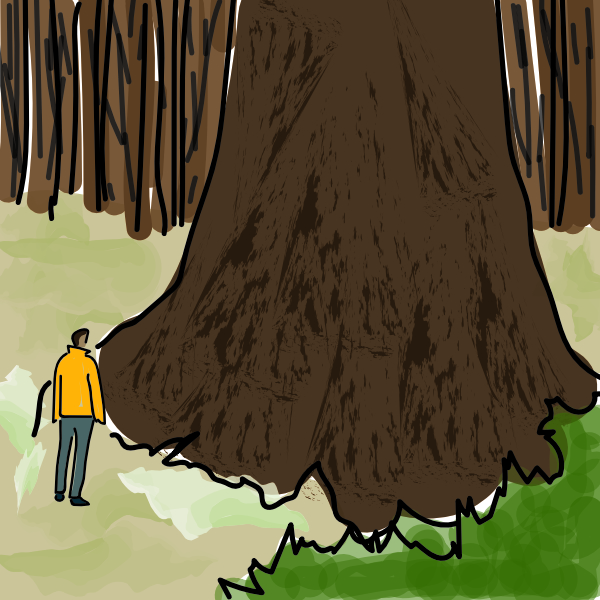
Patience
Patience is also a form of pause. In our modern world, we have become accustomed to immediate results: emails zip across the world in seconds, consumer goods are delivered the very same day they were ordered, a full season of a TV show is downloaded in seconds, pictures shared on social media reap immediate feedback. We live in a culture of instant gratification which naturally generates impatience. If we do not get what we want when we want it, we become frustrated.
“Patience is an inner pause, a brief stillness, a moment we give ourselves to breathe through our initial reaction so we can move to the place where a calm, thoughtful response is born. Patience is a gift of time we give ourselves so we can give the gift of peace to others.”
~L.R. Knost
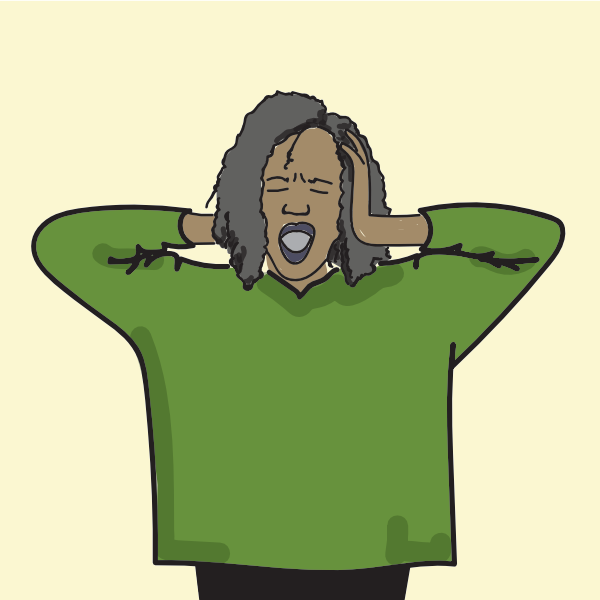
Frustration impedes emotional freedom because it focuses on externals. In contrast, patience draws us inward towards a greater wisdom. Without patience, we become vulnerable to treating loved ones as disposable, instead of devoting the necessary time to nurture love. With patience, we are able to step back and regroup. Instead of reacting aggressively or easily giving up or giving in when someone is frustrating us, we invest meaningful time and energy into the relationship.
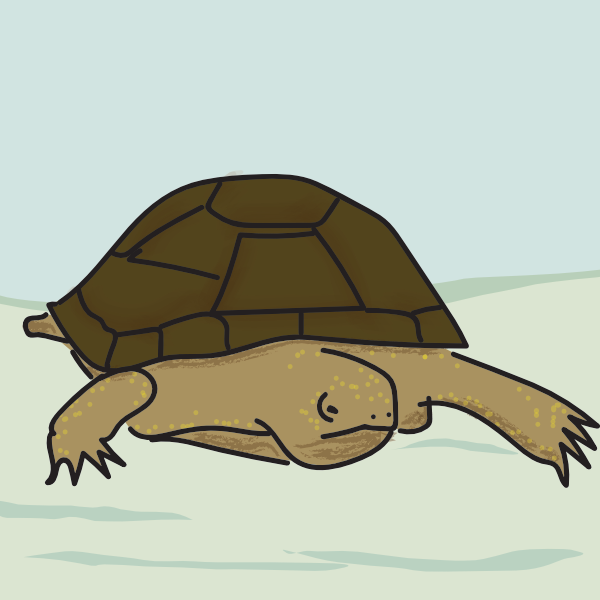
Patience is not simply waiting. If we wait past our moment to act, we merely lose moments. Patience is not passivity or resignation. Patience is not static. Patience is the ability to pause. It is pausing and choosing our actions with the wisdom of timing, while honoring our true self. Then, acting with awareness, grace and deliberate precision.
Patience is a powerful, emotionally freeing practice of pausing and watching before acting. It allows us to see the big picture clearly which helps us to identify distractors and determine right action and timing. Anything good in life begins with patience.
An Exercise for Practicing Patience: Waiting in a Long Line
A long line gives us the opportunity to practice patience. Practicing patience gives us a choice about how we respond to disappointment and frustration. In addition, it dissipates stress and helps us stay calm and centered.
The next time you find yourself in a long, slow moving line at the grocery store, bank or post office, try the following:
“Do you have the patience to wait till your mud settles and the water is clear?”
~Lao Tzu
Much of our lives is spent reacting to others and to events around us. We habitually react without thinking. Most often, it is a gut reaction, which is usually based on fear or anger. Responding on the other hand, involves pausing, taking the situation in, and deciding the best course of action based on values such as reason, compassion and cooperation.
A reaction is instant, filled with emotion and often laced with aggression. It is driven by the beliefs, biases and prejudices of the unconscious mind. When we say or do something “without thinking”, that is the unconscious mind running the show. A reaction does not take into account the long-term effects of what we say or do. As a result, reaction frequently snowballs into unnecessary and prolonged periods of anxiety, discontent and disagreement which can lead to damaging consequences.
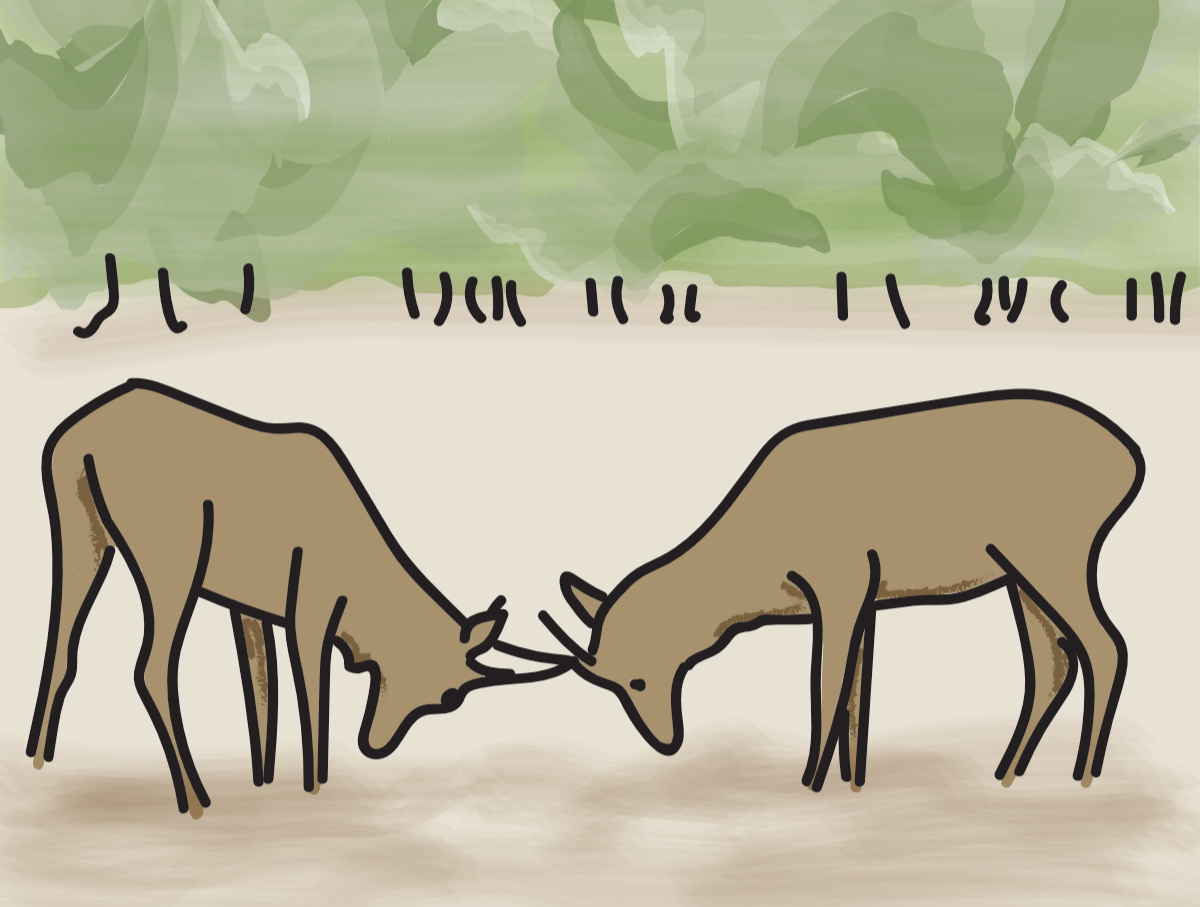
In contrast, a response usually comes more slowly (yet can take place in a nanosecond). It removes the potential for emotion and allows for assertiveness without aggression. It is based on information from both the conscious and unconscious mind. It takes into consideration our well-being and that of those around us. It weighs the long-term effects and aligns with our core values. Thus, responding minimizes and resolves conflict more quickly and more gracefully.

Please see the following examples that illustrate the difference between a reaction and a response.
First, your child has just broken something of value:
Second, a team member reports that they did not meet a delivery date on a project and as a consequence lost the client:
There will always be people and events that challenge us and we will always have this choice, to either react or respond.
Our brain is hardwired to react. And yet, we have the capacity to respond. This is because the human brain evolved in stages. It began with the reptilian brain which primarily wants to avoid harm, then the mammalian brain which focuses on approaching rewards, and finally, the human brain that is concerned with attachment. In every human, these three systems are constantly working.
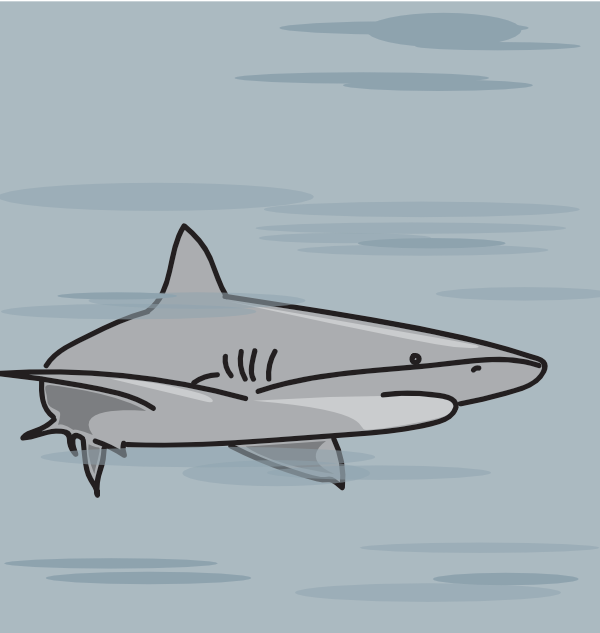
The Reptilian Brain
Reacting is an instinctual behavior directed by the reptilian brain. This part of the brain developed over 100 million years ago. It controls the beating of our hearts, our breathing, the functioning of our organs and other involuntary functions. It is also in charge of our survival- for our fight and flight responses, sexual behaviors, and emotions sparked by danger such as fear and anger. The actions and emotions that originate from the reptilian brain are automatic and instantaneous.
The Mammalian Brain
The mammalian brain records memories of behaviors that produced pleasant and unpleasant experiences and gives us the ability to compare and contrast to help us make judgements. It is also responsible for most of our emotions.
This part of the brain houses the amygdala, where fear originates. When we are presented with a threat, a fear response is triggered in the amygdala and the body is prepared to fight or flight. The amygdala is so efficient at warning us about threats, that we will react before the neocortex (the part of the brain responsible for thought and judgment) can properly consider the consequences of our actions.
The Neocortex
The neocortex provides us our reasoning capabilities, imagination, creativity and problem-solving skills. Responding to a person or an event is a conscious choice involving input from this more evolved brain. It watches over the rest of the brain and observes and moderates the responses of the reptilian and mammalian brains. This part of the brain needs to be consciously activated.
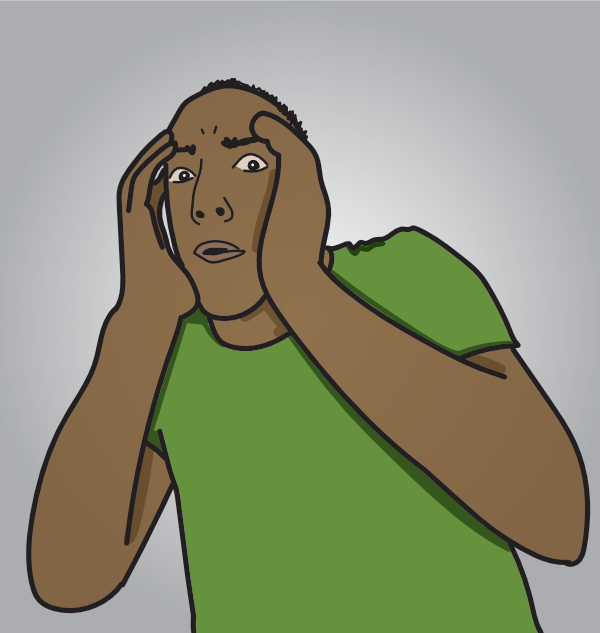
Our reptilian brains are essential to our survival. It is the part of the brain that activates to make us swerve out of the way if a car suddenly crosses into our lane on a busy highway. It activates without us having to think about it. It reacts much faster than it would take for us to activate our reasoning capabilities to turn the wheel.
When we are living in a permanent state of fear or anger, or even just in a constant state of high stress, we are in survival mode. This keeps us in fight or flight, even when actual danger is not present. In this state, we are being controlled by the reptilian brain. When anything happens to cause us to feel the slightest bit threatened- like a critical remark, our reptilian brain activates into the fight or flight reactive mode. Whenever we feel pressured, worried, irritated, or disappointed this same mechanism kicks in. This taxes our physical health and can lead to anxiety and depression.
While our reptilian brain is essential for our survival, we do not want it in charge all of the time. Fortunately, we have the power to pause, which quiets the reptilian brain and activates the neocortex to observe our thoughts, emotions and behaviors and respond accordingly.
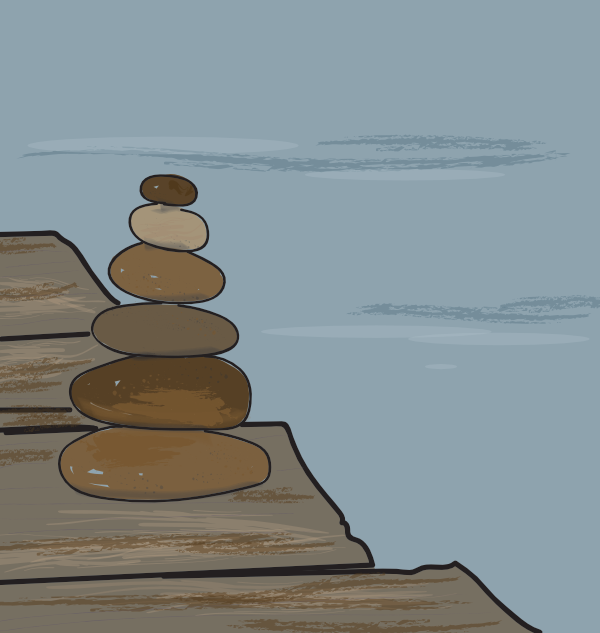
The difference between responding and reacting is mindfulness. Mindfulness is being the watcher. This means paying very close attention to how our minds react. It is watching the urge to act immediately and irrationally arise, then pausing and breathing- letting the reaction melt away. Sometimes it may take a few seconds, other times, we may need to remove ourselves from the situation and cool down before we respond.
This pause gives us time to consider our options. What might the most intelligent and compassionate response be? What can we do that will help calm everyone down, build a better team, partnership or relationship?
Learning to become nonreactive is a continual challenge, but with practice this process becomes easier. The reptilian brain will still be triggered, and will be there when we truly need it, but we have the power to activate our consciousness and the tools to override it.
By practicing mindfulness, we learn to watch the reaction- noting the specific triggers. When we pause, we can identify our feelings and accept them. In the pause, we can consider our choices and then ask ourselves, “What is the next right thing to do?”. We can then respond thoughtfully and compassionately.
In being mindful, we center ourselves within and become more aware of ourselves, our environment and others. This practice helps us focus on responding and helps to prevent reacting.
“Each time you rest in your brain’s responsive mode, it gets easier to come home to it again. That’s because ‘neurons that fire together, wire together’: stimulating the neural substrates of calm, contentment, and caring strengthens them.”
~R. Hanson
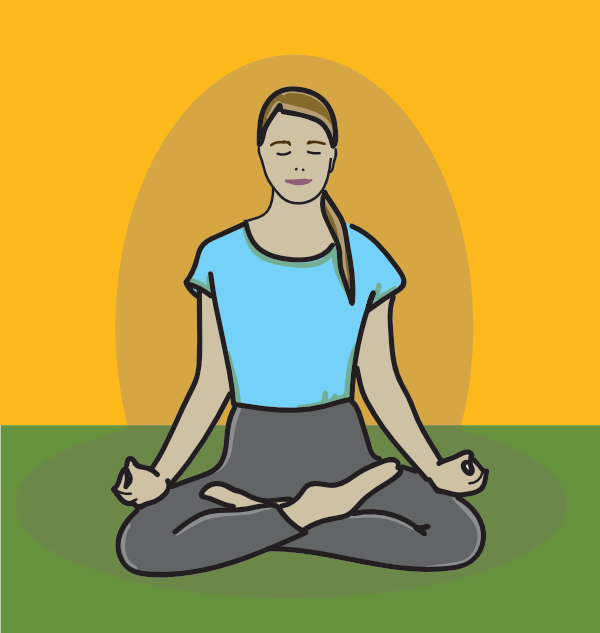
To respond in a more mindful way, practice the following:
Breath
Breathing is a very simple and necessary tool that helps us to quiet the reptilian brain. It is one function of the reptilian brain that we can also control. In a critical moment, we can stop and breathe. Maintaining an even rhythm of breathing- in and out, slowly and deeply, into our belly immediately calms the fight or flight response.
When the breath is calm, the mind follows. This gives us the ability to detach from the impulses of the reptilian brain and bring reasoning to the situation through the neocortex. By consciously shifting our focus to the neocortex, we reclaim our power.
“You cannot solve a problem from the same consciousness that created it. You must learn to see the world anew.”
~Albert Einstein
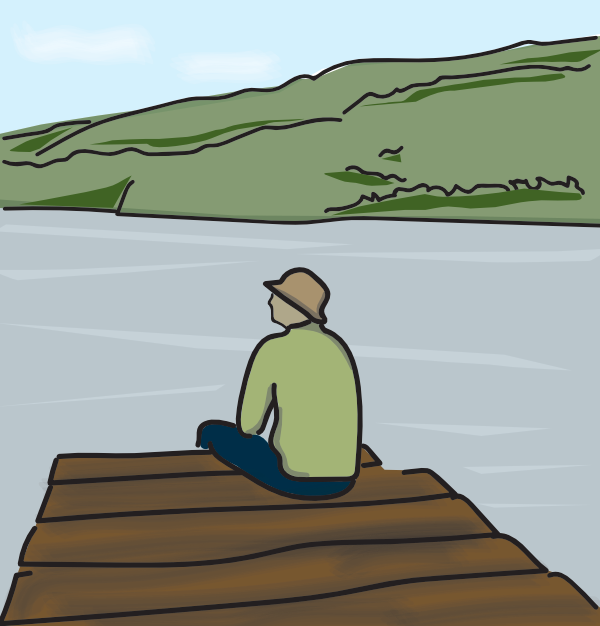
Within pause lies the profound potential for awareness. Silence is a form of pause which expands time and space and deepens our experience. Patience supports the ability to both pause and be silent. These tools give us the power to choose our actions, the timing of our actions and the grace with which we carry them out.
Reacting is instinctual. Responding is a conscious choice. When something happens, our body is going to automatically react regardless. The challenge is to become aware of this initial reaction and then pause to activate our higher brain. This pause gives us space and time to carefully consider our options and choose how to best respond.
The pause is a very powerful tool. It empowers us to choose our actions, the timing of our actions and to thoughtfully act with compassion and grace.
“It all comes through learning to pause for a moment, learning not to just impulsively do the same thing again and again. It’s a transformative experience to simply pause instead of immediately filling up the space.By waiting, we begin to connect with fundamental restlessness as well as fundamental spaciousness. The result is that we cease to cause harm. We begin to know ourselves thoroughly and to respect ourselves.”
~Pema Chödrön
Source for Human Brain: Neuroscientist Paul MacLean’s “Triune Brain” Model
Questions for Self-Exploration
The content, structure and flow of this exercise are designed to guide you in: